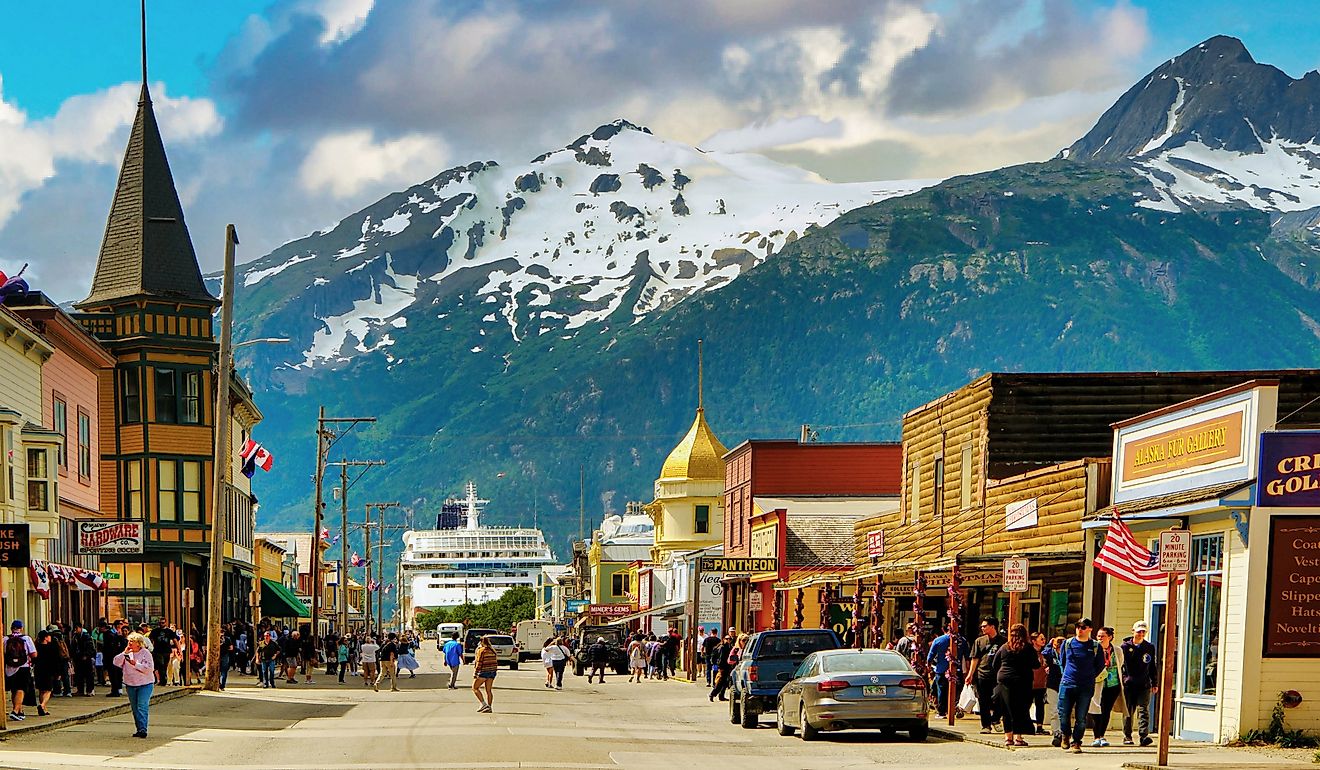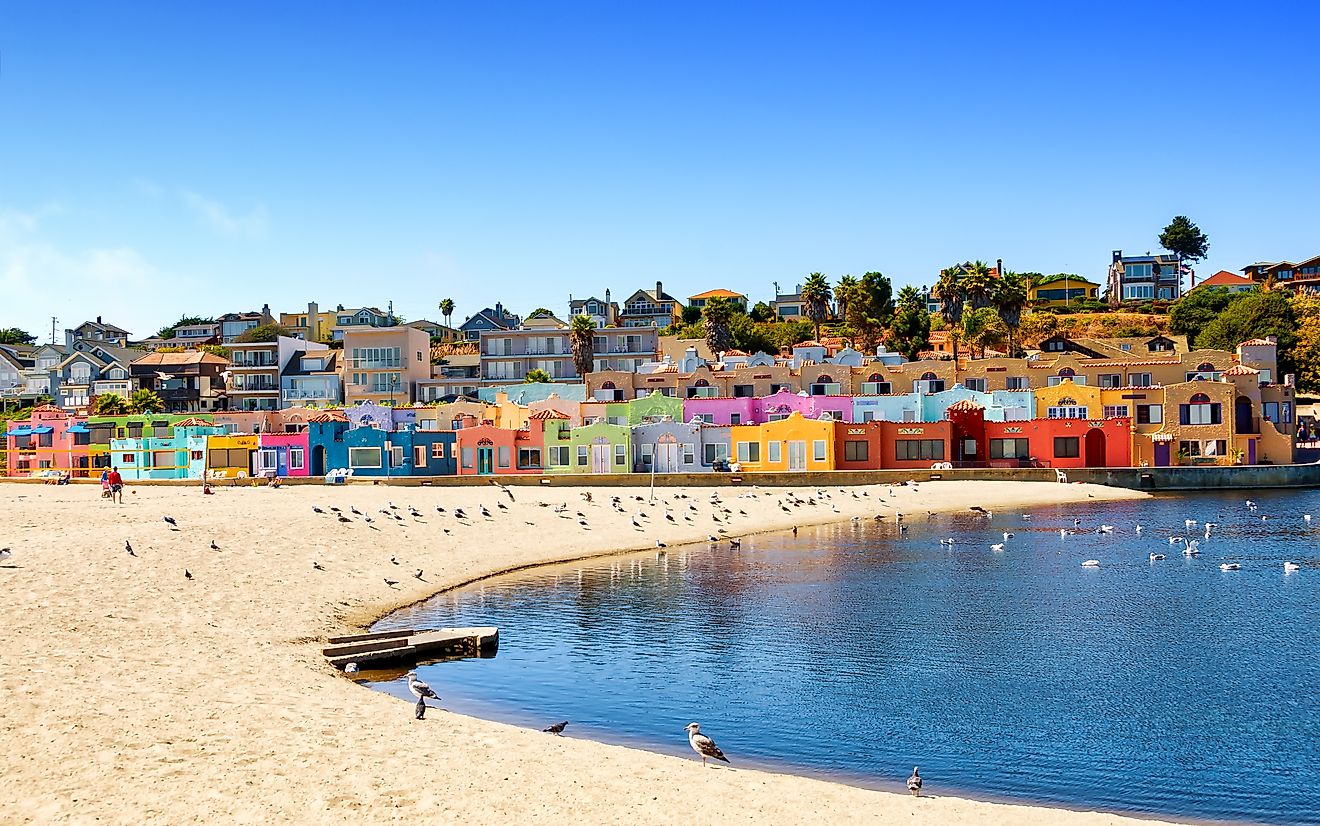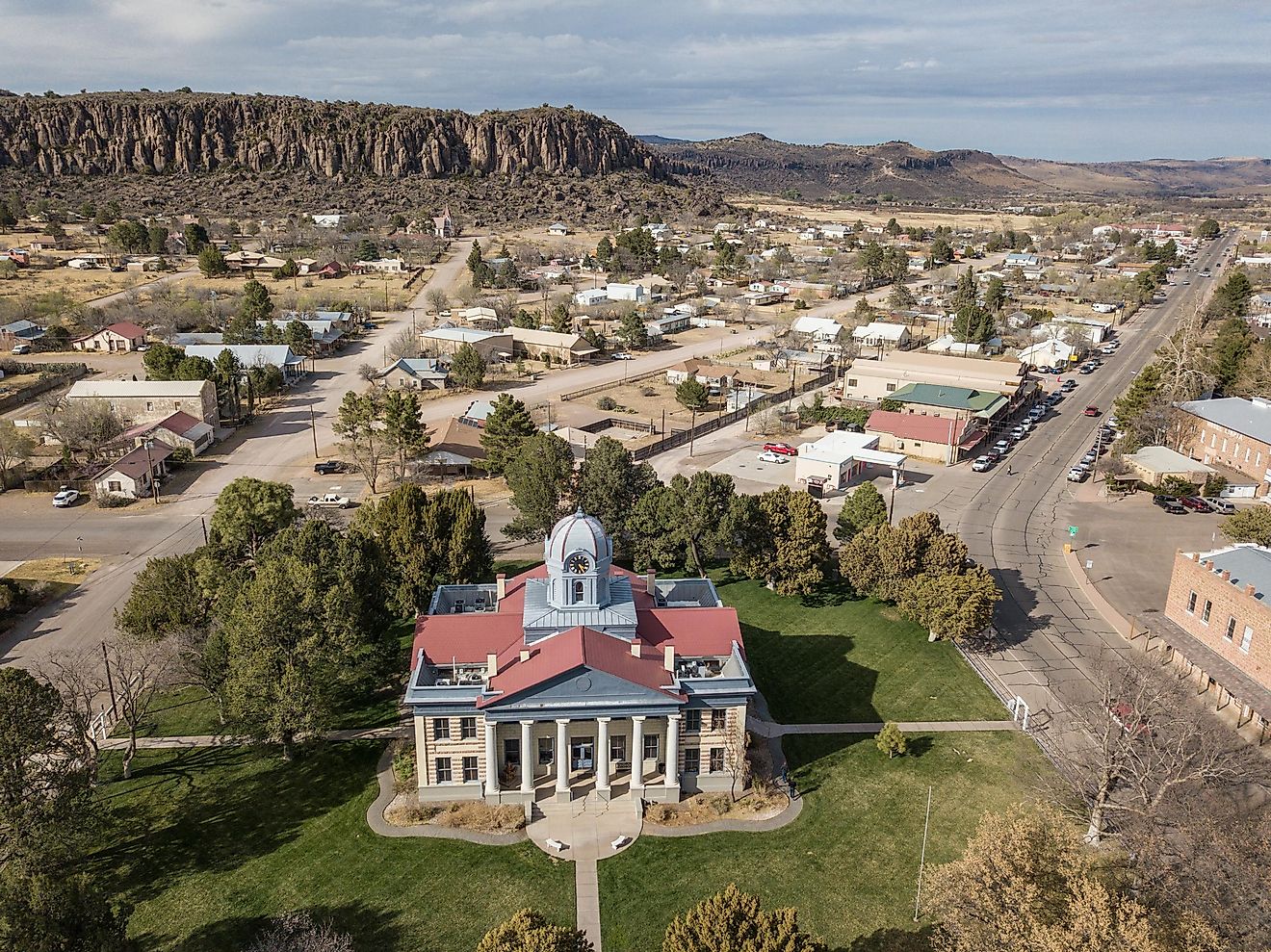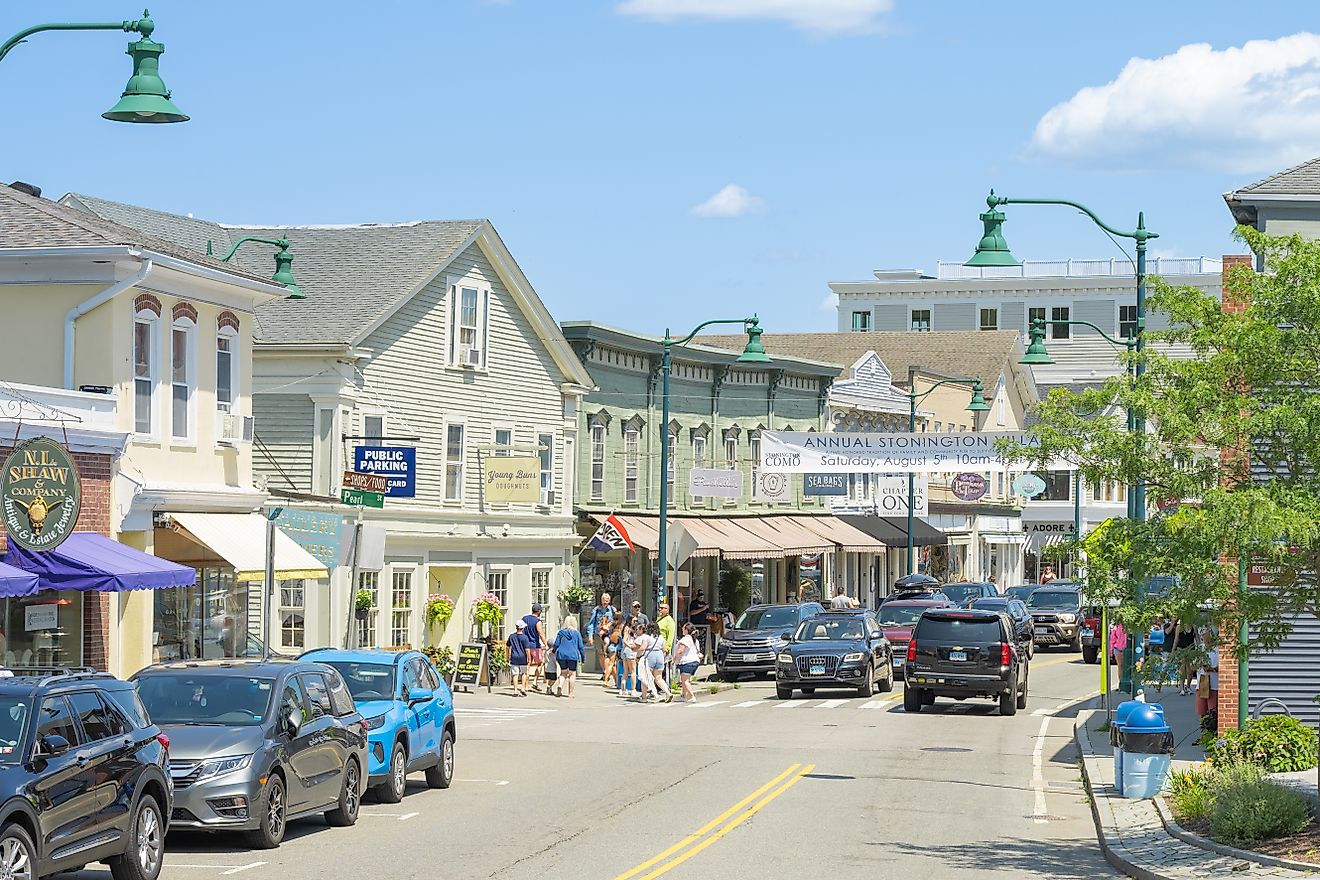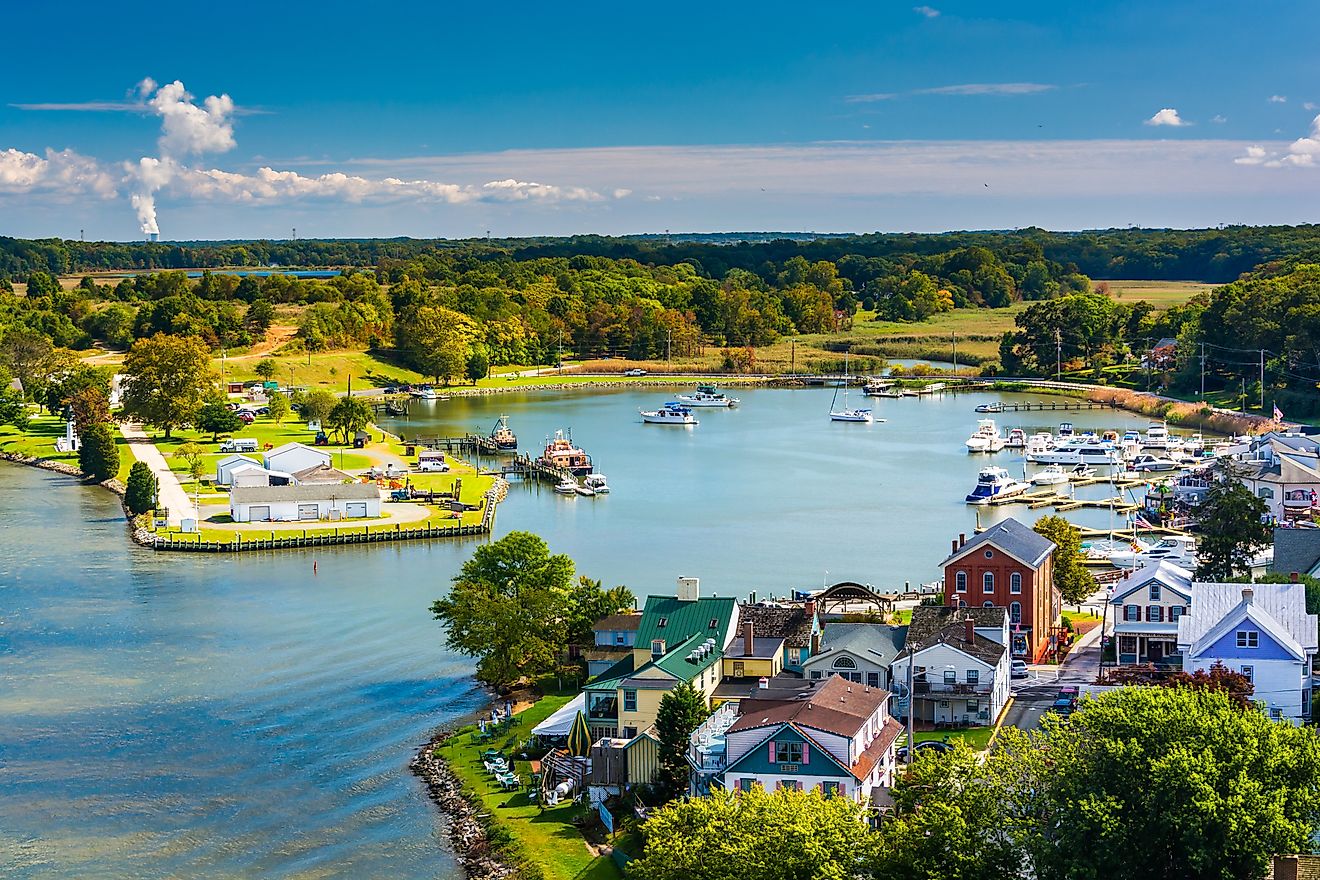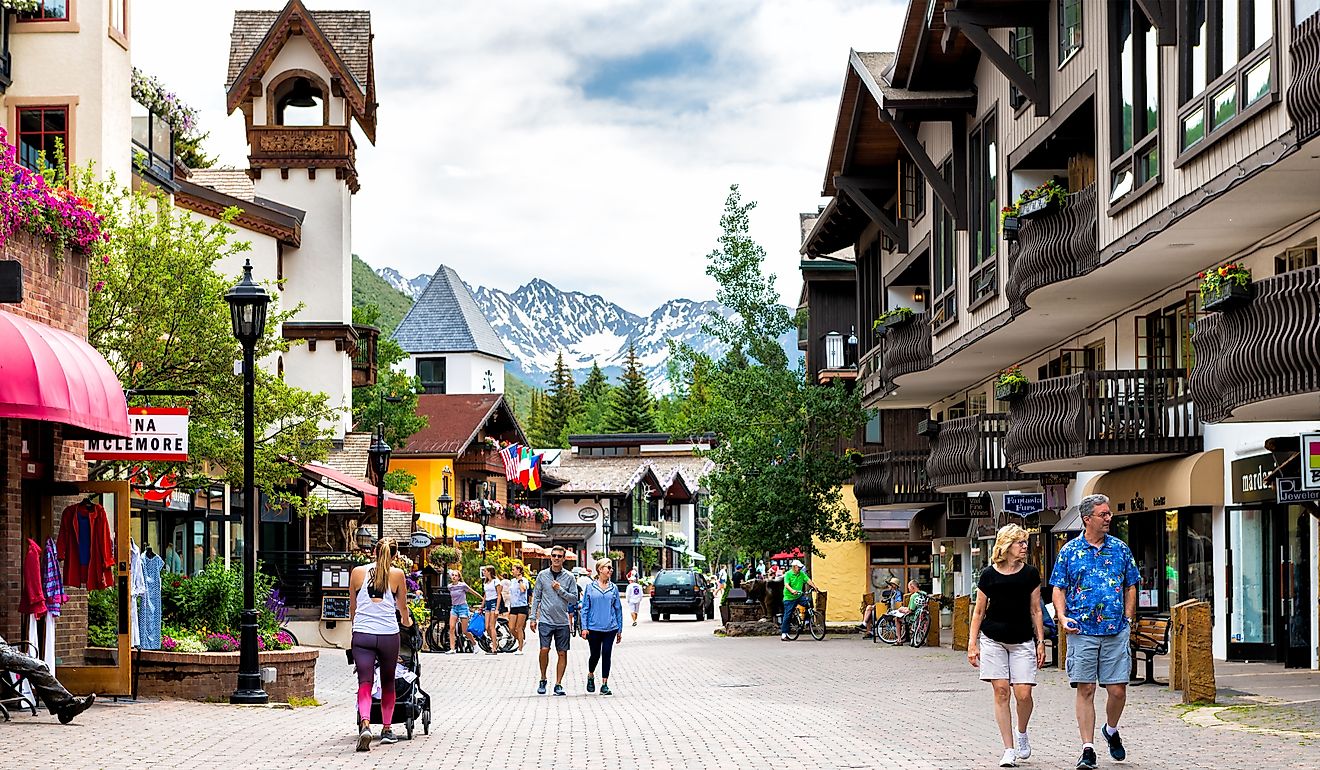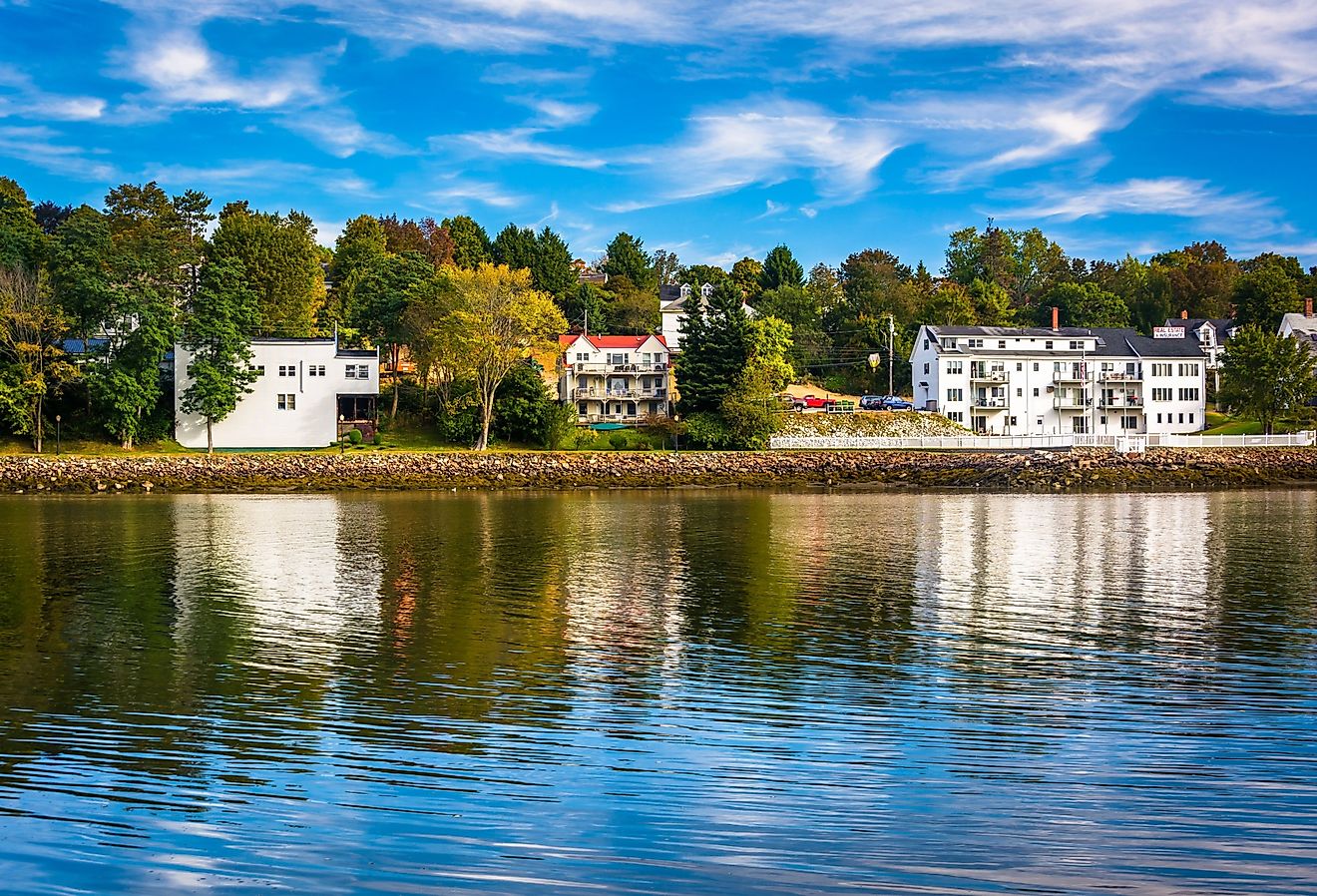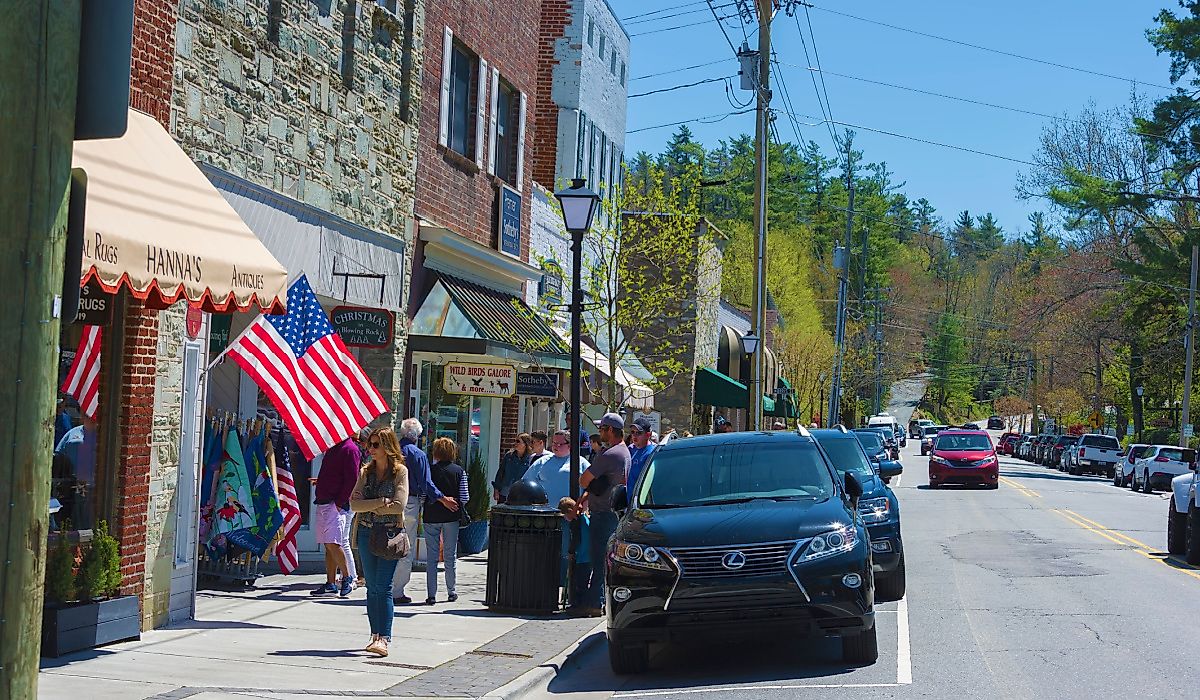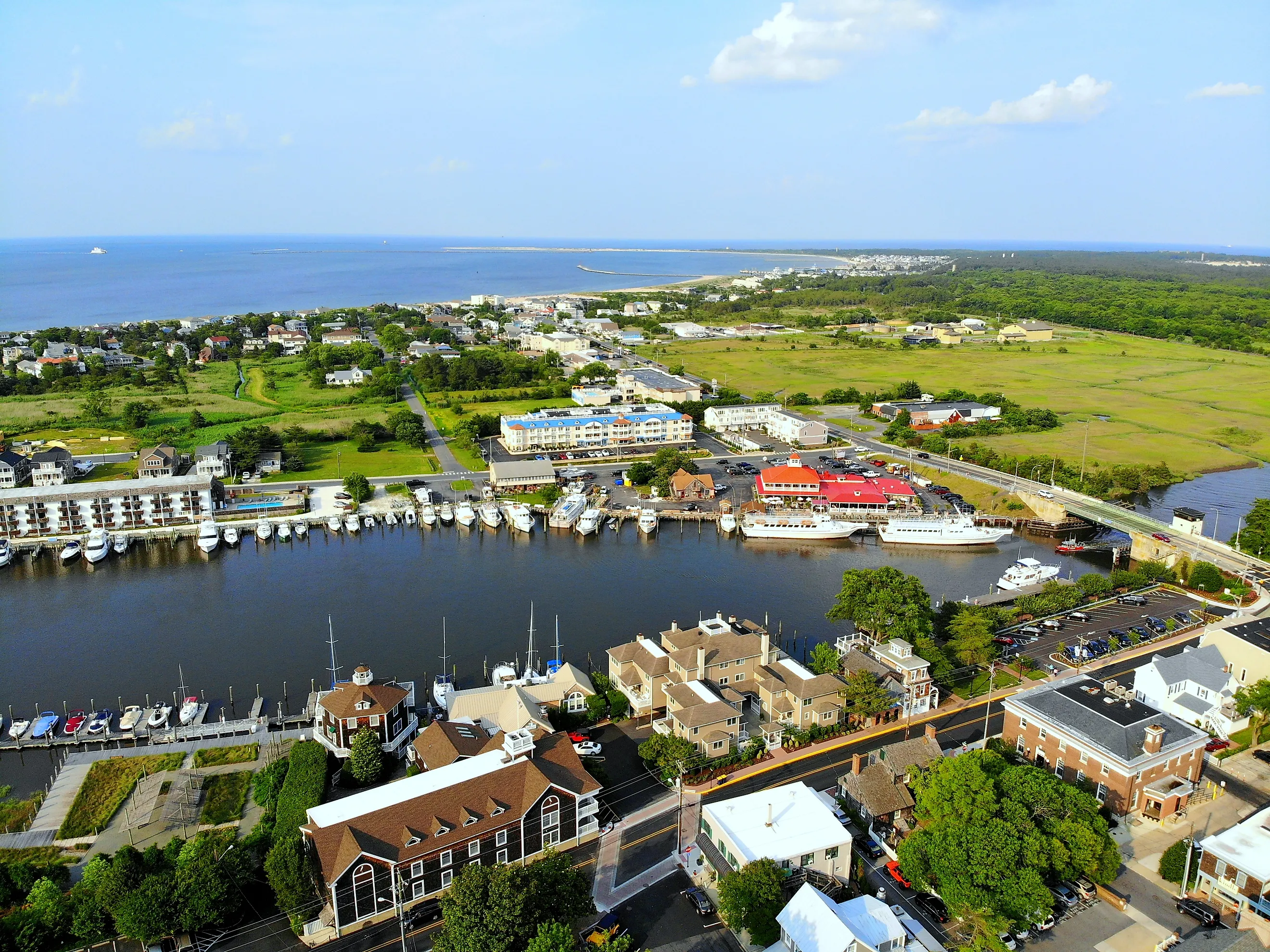
This Delaware Town Is Older Than the State Itself
With a nickname like “The First State,” Delaware is a place that abounds with history. As the first state to join the Union and initially explored by Europeans in the 17th century, rustic tales and landmarks are prevalent throughout. Among the many towns that exude culture, one stands out as the oldest in the state, even older than Delaware itself. Lewes, first settled in the 1600s, is a blast to the past that abounds with Dutch heritage. Many traditions and artifacts are still present today, from the charming Tulip Festival to the historic Zwaanendael Museum, which details local culture. Read on to learn more about Lewes, and why it calls itself “the first town in the first state.”
European Settlement Of Lewes
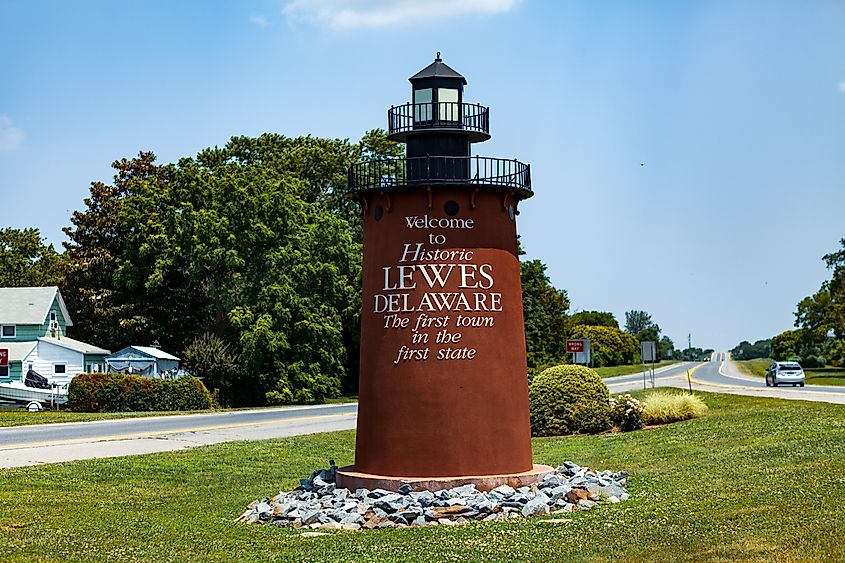
The area now known as Lewes was first discovered in 1609 by Henry Hudson, who decided that it was an ideal site to settle. The town was subsequently settled in 1631 as a whaling and trading post by the Dutch; however, things took a negative turn. The local Lenape Indian tribe killed the entire colony of around 30 settlers in the following year, and the site was overlooked for the following decades. It wasn’t until 1663 that a Mennonite colony of about three dozen settlers led by Pieter Plockhoy established a new settlement, which the English razed the following year. In 1682, the land was conveyed to William Penn by King Charles II, and the community was officially named Lewes after the town in Sussex County, England. Even then, life here was not without hardship. The town endured raids by pirates such as Captain Kidd in the late 17th century, and in the War of 1812, it was bombarded by a British naval squadron in April 1813.
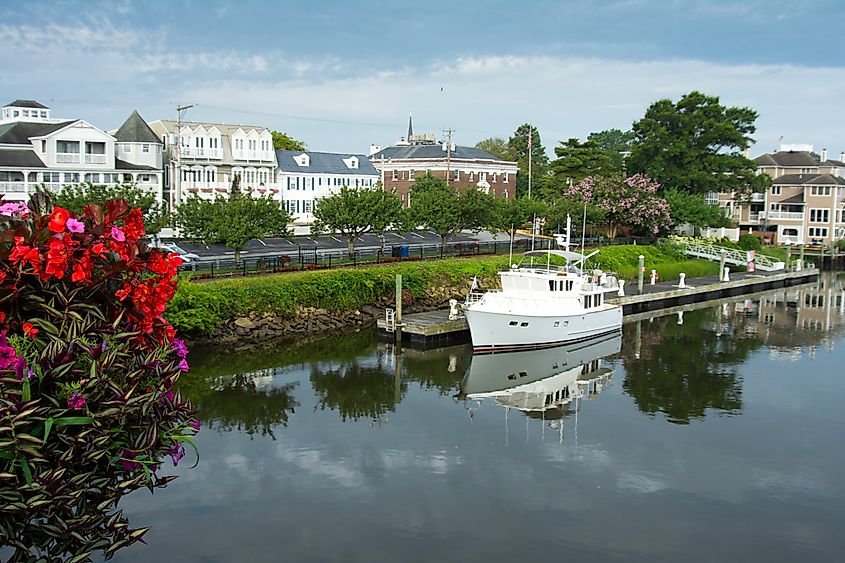
Apart from the hardships, Lewes grew side by side and was named the county seat of Sussex County until 1791. The town’s seafaring connections ran strong, and its port was a significant connection for charter fishing boats and cargo vessels. This part of Lewes stood firm, and the United States also built Fort Miles just east of Lewes to protect the Delaware Bay. While the site never saw any battles, it stands as a reminder of the past and an indicator of Lewes’s importance in the region. Today, Lewes proudly calls itself “the first town in the first state” because it was Delaware’s earliest permanent settlement, predating statehood by more than a century. Its Dutch roots, strategic coastal role, and resilience through centuries of turmoil all cement its place as the symbolic beginning of Delaware.
Learn About The Past In Lewes

With so much history inculcated into this town of 3,300, the best way for visitors to take it all in is via the many museums in town. One of the most standout is the Zwaanendael Museum, created in 1931 to honor the settlement's 300th year. It is located on Kings Highway and designed to resemble the former City Hall in Hoorn, Netherlands, a testament to Dutch culture. Exhibits range from shipwrecks to local history, with information on the 1812 bombardment of Lewes, the coastline, and the town’s seafaring past. “Shared Truths” is a popular exhibition on the ground floor detailing the lives of important people in the state’s past, such as Kathy Carpenter, who has been advocating for transgender rights. Apart from these, the museum also has a statue of David Pietersen de Vries, leader of the expedition that founded Zwaanendael.
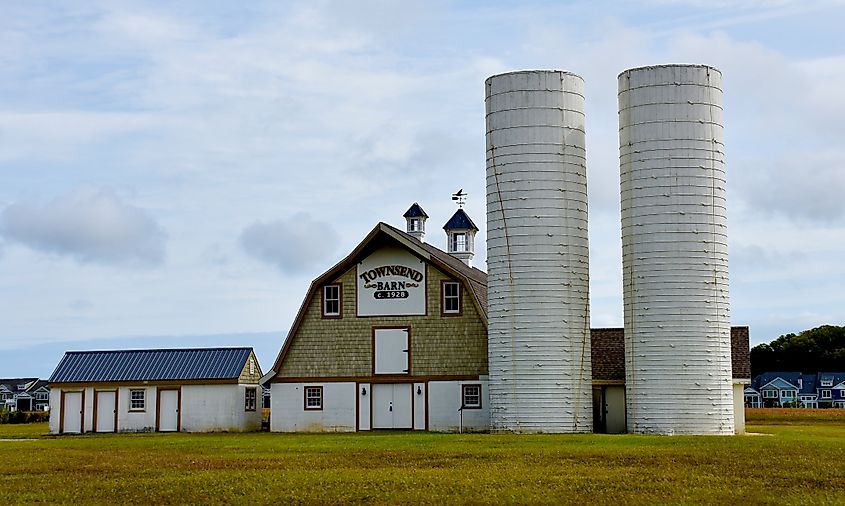
On a different yet just as historic note, Lightship Overfalls is a United States lightvessel that is now used as a museum. Launched in 1938 and decommissioned in 1972, it is stationed along the coast of Lewes, and visitors can climb aboard to learn all about lightships, their sailors, and major maritime events. The Delaware Maritime Hall of Fame showcases life-size aids in navigation, while the connected museum and store are perfect for a historic souvenir. Another highlight is the Cannonball House, a striking reminder of the War of 1812 that still bears the scar of a British cannonball lodged in its foundation. Today it serves as a maritime museum, giving visitors a close look at the town’s nautical heritage.

The Lewes Historical Society, meanwhile, has preserved an entire campus of historic buildings where you can walk through centuries of local life, from colonial-era homes to vintage shops that make history feel alive. For railroad enthusiasts, the Lewes Junction Railroad & Bridge Association has restored a bright red 1917 caboose and saved a hand-cranked swing bridge that once carried trains across the canal, both of which are now on display with regular tours. And for a final glimpse of the past, Fort Miles inside Cape Henlopen State Park offers a fascinating collection of bunkers, observation towers, and military artifacts that reveal Lewes’s role in guarding the Delaware coast during World War II. Together, these sites ensure that every corner of Lewes tells a story worth exploring.
More Things To See/Do In Lewes
Along with the plethora of museums and historical sites in Lewes, the town’s coastal location and rich culture also open up other sorts of opportunities. For example, nature lovers can choose between many outdoor areas, parks, and landmarks to spend their time exploring. Meanwhile, festivals and thriving businesses abound with unique traditions related to the town’s Dutch roots. Here are a few things to see and do in Lewes after taking in the rich history of this community.
Tulip Festival

For a vibrant insight into Dutch heritage during the summer, the Tulip Festival is a must-visit in Lewes. This event takes place during April, when the tulips begin to bloom in vast shades of red, pink, yellow, orange, and more. The event sees over 30,000 tulips and 5,000 spring bulbs planted throughout the city by a group of around 400 volunteers dedicated to the goal. Visitors can get the Tiptoe To The Tulips Map from the visitor center to find them all. Throughout the month, the event also has walking tours, tulip displays, and tulips for sale on Bank Street Plaza. As of 2025, the event has been running for 16 years, making it a staple for the community.
Cape May - Lewes Ferry

If you want to experience some blue tones in nature, the Cape May - Lewes Ferry is the experience for you. This ferry system runs across the Delaware Bay, connecting the town of North Cape May in New Jersey with Lewes in Delaware. The 17-mile crossing takes about 85-90 minutes with 4-12 daily sailings in peak season. The ferry is active throughout the year and takes about an hour and a half. It is lined with scenic views of both towns, the vast bay coastline, and the Atlantic’s waters. One can walk on, take their bicycle along for free, or even bring their car across the bay. Fares start at $10 for adults, making it a convenient way to take in the scenery in and around Lewes.
Cape Henlopen State Park
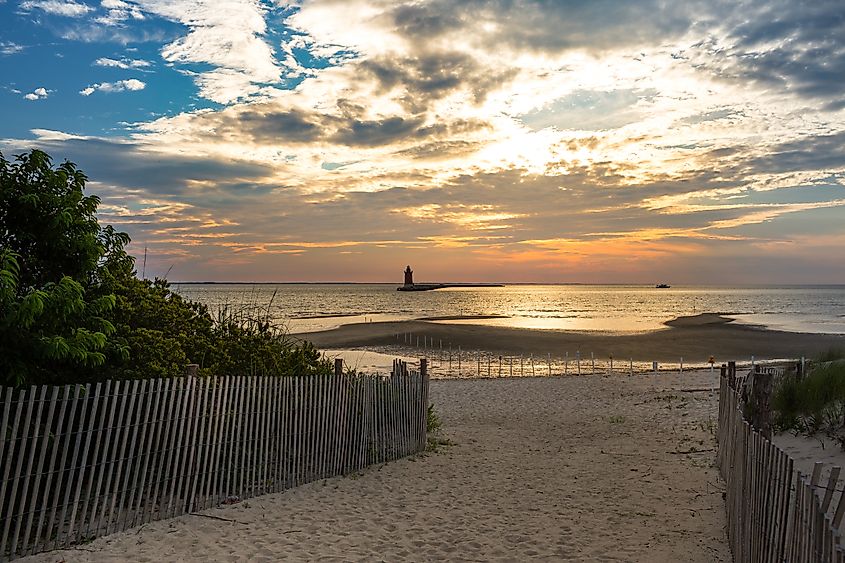
Just east of Lewes, Cape Henlopen State Park is where history and nature meet along Delaware’s sandy shoreline. This 5,200-acre park offers miles of beaches perfect for swimming, fishing, or simply soaking up ocean views. Its trails wind through dunes, maritime forests, and salt marshes, making it an excellent spot for hiking and biking while watching for coastal wildlife. The park also holds Fort Miles, once a World War II coastal defense site, where you can tour bunkers, observation towers, and artillery pieces that bring the past to life. For families, there are picnic areas, campsites, and even a disc golf course, ensuring that everyone finds something to enjoy.
Story Of The First Town In The First State
Lewes is more than just Delaware’s oldest town; it is a living storybook where Dutch heritage, seafaring traditions, and centuries of resilience remain visible at every turn. From walking through history at the Zwaanendael Museum and Cannonball House to celebrating spring at the Tulip Festival or setting sail on the Cape May-Lewes Ferry, the town blends old-world charm with coastal vitality. Add in the beauty of Cape Henlopen State Park and the preserved legacy of Fort Miles, and it becomes clear why Lewes proudly calls itself “the first town in the first state.” It is a destination where the past feels close, the sea is ever-present, and every visit deepens the connection to Delaware’s earliest roots.


